Chilean Pastel de Choclo Classic Techniques Explained
32 min read Master pastel de choclo with classic techniques: pino layering, sweet corn paste, proper vessels, and a bronzed crust for balanced sweet-savory perfection. October 05, 2025 03:07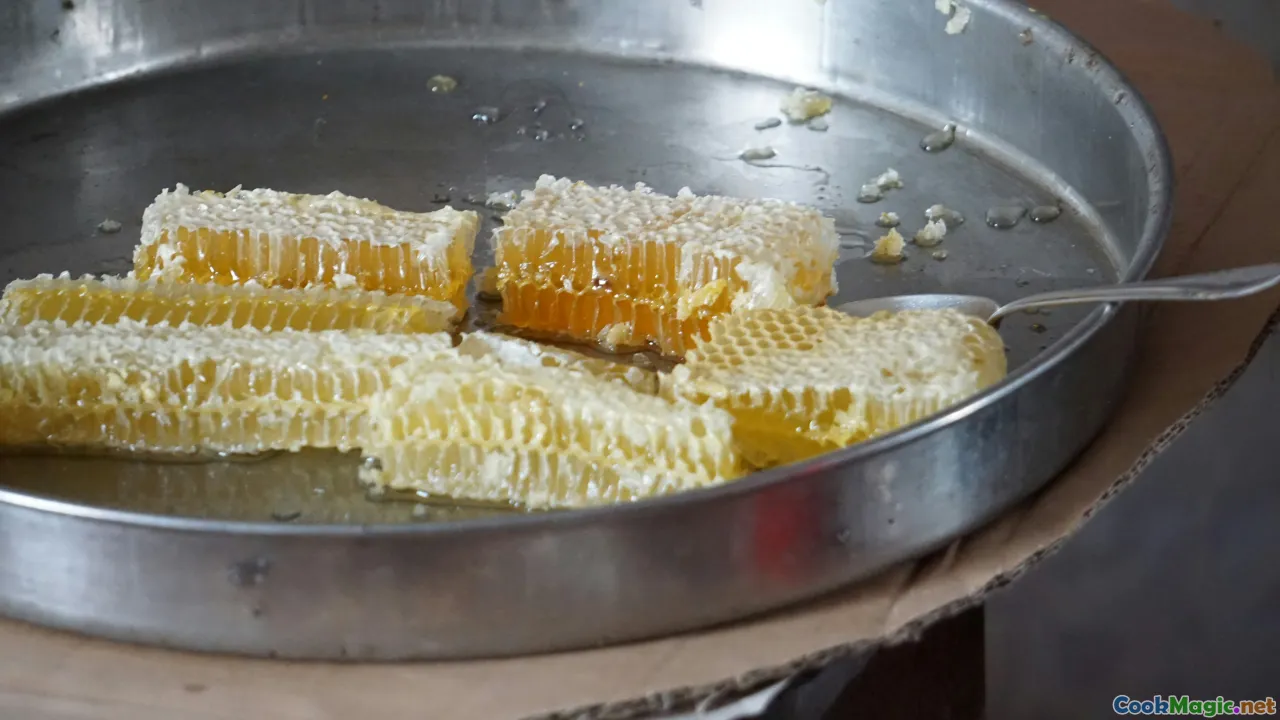
The first time I learned to listen to a pot was in my grandmother’s kitchen in Curicó, when the corn was high and the basil smelled like summer’s last embrace. The paila de greda—heavy, blackened by years—sat on the wooden table, radiating the faint mineral scent of clay. Freshly milled corn bubbled in a thin sigh, a whispering sound that told her the starch was swelling and the sugars had woken up. She dipped a wooden spoon into the pastelera, lifted a ribbon that fell in lazy folds, and nodded. “Ahora,” she said. Now. The oven door opened like a kiln, and into the heat went layer upon layer of Chile.
Pastel de Choclo in the Chilean Imagination

There are dishes you eat, and there are dishes that hold your gaze. Pastel de choclo—the Chilean corn pie as it’s often translated, though that sells it short—belongs to the latter. It’s a layered, generous mosaic: a savory pino of onions and beef seasoned with ají de color and cumin; tucked-in treasures of black olives (often from Azapa), sweet raisins, tender chicken, and wedges of hard-boiled egg; and finally, a golden top of creamy pastelera de choclo moistened with milk and scented with basil. A snowfall of sugar turns to lacquer in the heat, forming the celebrated crust: that shattery, caramelized “quemadito” that crunches as the spoon descends.
Historically, pastel de choclo sits at the hinge of two culinary worlds: Spanish colonial ideas of pastelones—layered, oven-finished casseroles—and Indigenous agriculture that prized choclo, fresh field corn, long before it dried into grain. In the Central Valley, where summer can feel like a bowl of sun and dust, the corn matures in a particular way—more starchy and less tooth-achingly sweet than modern supermarket varieties—perfect for grinding into a rich, thick purée. The dish is winter-sustenance dressed in summer’s flavor, or summer’s abundance preserved through a technique that provides comfort as the nights cool.
You’ll find pastel de choclo at Sunday family lunches, at rural fondas during Fiestas Patrias, and on restaurant menus that lean into Chile’s culinary memory. In Pomaire, the clay town west of Santiago where pailas are still thrown by hand, the dish arrives in its dark earthenware, the edges blistered, as if it had been kissed by the sun. In Santiago’s old-school eateries—places like Galindo in Bellavista or Doña Tina in Lo Barnechea—the pastel’s top peeks out burnished and confident, a promise of sweetness, smoke, and savory beneath.
Anatomy of a Classic Pastel de Choclo
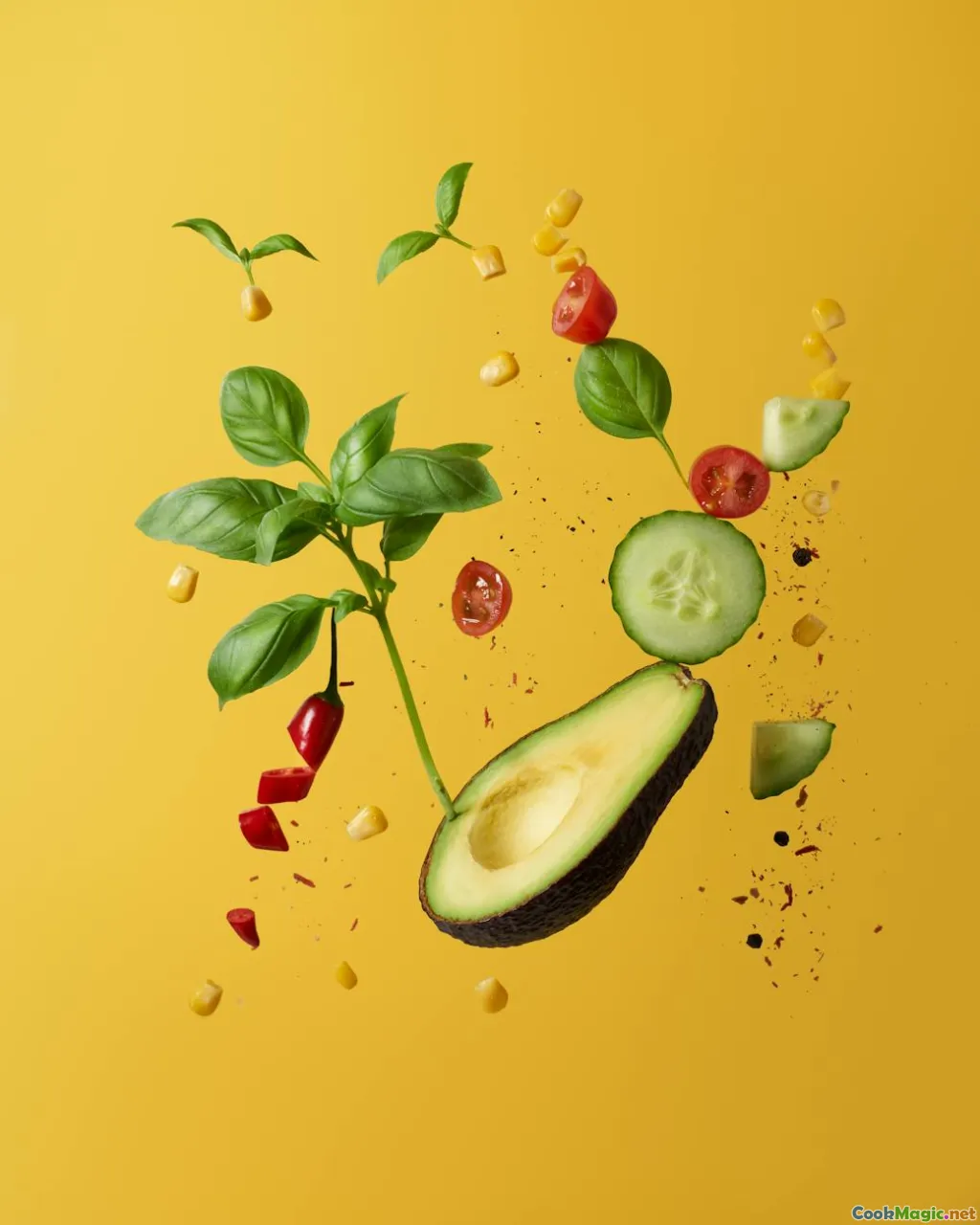
Think of pastel de choclo as a balance act across four pillars:
-
The Pastelera de Choclo: Not a pastry or custard, but a corn purée cooked until thick and spoonable. It’s the soul—sweet, grassy, buttery—with basil lending a green, peppery perfume. Traditional cooks grind corn on a molino or grate it; modern kitchens pulse it in a food processor, being careful not to over-liquefy.
-
The Pino: A savory base of onions slowly sweated until pale-gold and sweet, then combined with beef—knife-chopped or ground—seasoned with ají de color (sweet paprika), cumin, oregano, salt, and sometimes a kiss of merkén (the Mapuche smoked chili blend) for warmth. The pino must be juicy but not wet; it should gloss the spoon without dripping.
-
The “Treasure” Layer: This is where the nostalgia lives. A piece of roast or pan-seared chicken; a few black olives; a handful of raisins that plump into little bursts of molasses; and wedges of hard-boiled egg. These punctuate each bite with nostalgia and contrast.
-
The Crust: A thin, even layer of granulated sugar under high heat caramelizes into a brittle lid that fractures cleanly. This plays against the creamy corn and the savory pino—Chile’s signature sweet-savory handshake.
Sourcing Ingredients and Sensory Benchmarks
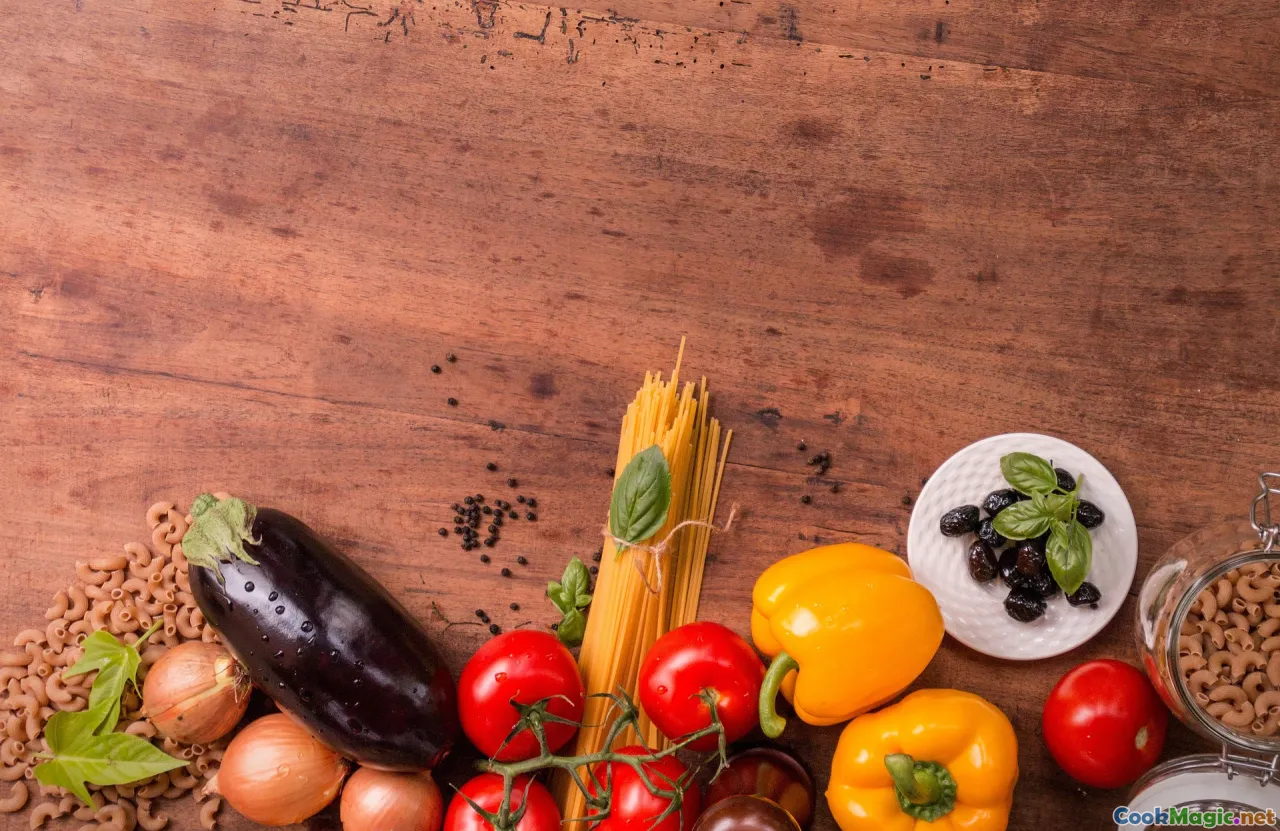
-
Corn (Choclo): In Chile, maíz choclero varieties deliver the ideal starch-to-sugar balance. The kernels are broad, ivory to pale yellow, and the “milk” released when you scrape the cob is slightly opaque. Outside Chile, supermarket “supersweet” corn is too sugary and watery. Look for “choclo desgranado” in Latin markets, Peruvian choclo, or use a mix of frozen corn and a touch of fine cornmeal for body. Your benchmark: when puréed and cooked, it should be creamy with a faint grain that dissolves on the tongue.
-
Basil (Albahaca): The aromatic that makes pastelera sing. Fresh basil—green, not purple, though either works—should smell peppery with a hint of clove. Bruise it gently before blending to maximize aroma.
-
Onions: White or yellow. Slice them fine. When cooked for pino, they should turn translucent, then pale gold at the edges, soft enough to yield without resistance. Their sweetness underpins the dish.
-
Beef: Traditionally, hand-chopped beef makes the best pino: small, irregular pieces around 5–7 mm that retain texture. If grinding, choose coarsely ground chuck (about 15–20% fat) to keep it juicy.
-
Chicken: A bone-in thigh or a section of drumstick cooked until just done, skin golden. Some families braise the chicken in the pino’s fat; others roast separately with salt and paprika. Either way, it should taste like Sunday afternoon.
-
Raisins and Olives: Use seedless raisins (golden or dark). For olives, Azapa black olives bring deep flavor and a soft, meaty bite. Pit them to avoid any unpleasant surprises.
-
Seasonings: Ají de color (sweet paprika), ground cumin, dried oregano rubbed between the palms to wake its oils, salt, black pepper. Merkén (smoked cacho de cabra chili with coriander and salt) is optional but brilliant.
-
Thickeners: Classic cooks set the pastelera with time and heat. Some regions add a spoon of chuchoca (toasted ground corn) or fine cornmeal for insurance. Avoid wheat flour or cornstarch unless absolutely necessary; they mute the corn’s voice.
-
Dairy: Whole milk or evaporated milk adds gloss. Butter raises the sensory floor with dairy richness. Neither should dominate—the corn should remain front and center.
Step-by-Step: Building a Proper Pino
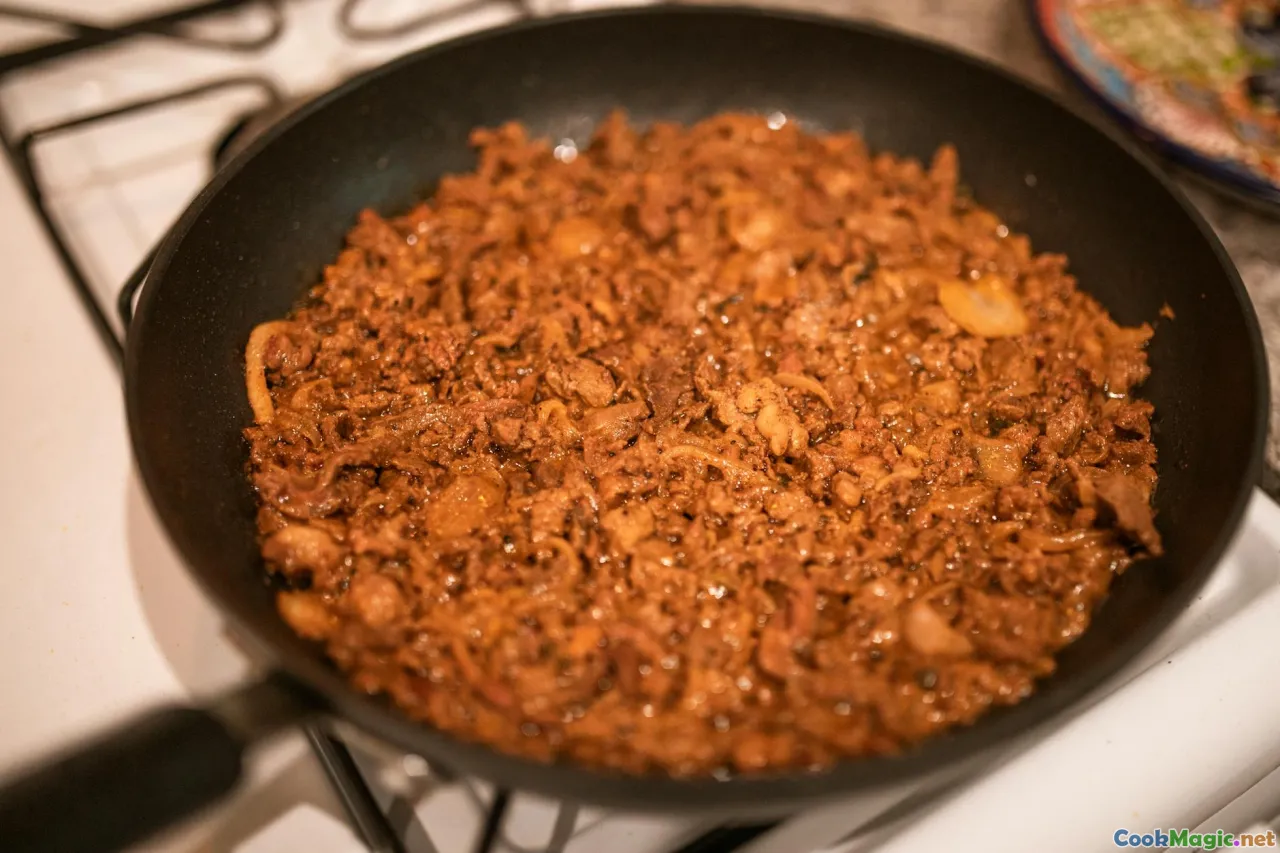
A well-made pino is all about patience and sequencing.
-
Sweat the Onions: Warm neutral oil or rendered beef fat in a heavy pan over medium heat. Add finely sliced or diced onions with a generous pinch of salt. Stir occasionally for 12–15 minutes until translucent and tender, then continue 5–10 minutes more until the edges show a soft blond color. The scent should shift from sharp to sweet.
-
Season the Base: Sprinkle ají de color (start with 1.5–2 tablespoons per kilo of onions), a scant teaspoon of ground cumin, and a teaspoon of dried oregano, crumbled. Stir to awaken the spices in the hot oil—paprika should stain the onions a warm brick hue and smell slightly toasty but not bitter.
-
Brown the Beef, Gently: Push onions aside, raise heat slightly, and add chopped or ground beef in batches. You’re not searing a steak; you’re coaxing the meat into the onion’s sweetness. Brown lightly until the raw edge is gone but the meat remains tender. Avoid dark, aggressive sear—it can taste harsh under the sweet corn.
-
Juiciness, Not Broth: Add a splash of beef stock or water if needed to keep things moist—2–3 tablespoons at a time. The pino should cling to a spoon, not puddle. Taste for salt. Add black pepper. If using merkén, stir in 1/2 teaspoon, adjusting for warmth.
-
Cool It: This matters. Let pino cool to warm room temperature before assembly. Hot pino will steam and loosen the corn topping, leading to gaps and leaks.
Sensory checkpoint: A spoonful should feel glossy and supple, the onion soft but present. Beef should taste seasoned to the core. If it’s too sweet, add a splash of vinegar to balance, but go easy.
Step-by-Step: The Pastelera de Choclo

-
Prep the Corn: Cut kernels from the cobs, then use the back of your knife to scrape the “milk” into the bowl. If using frozen corn, thaw and pat dry. Work in batches in a food processor with fresh basil leaves and a portion of the milk (or evaporated milk) until the texture is a coarse purée—think porridge with distinct, tiny fragments of skin. The scent should be bright and green.
-
Cook Low and Slow: Melt butter in a wide pot over medium heat. Add the puréed corn and its milk. Stir constantly as it comes to a gentle simmer. The mixture will thicken as starch granules hydrate and swell; watch for lazy bubbles that ooze rather than pop. Reduce heat to medium-low.
-
Season and Adjust: Add salt—enough to stand up to the pino’s intensity—and a pinch of sugar if your corn is very starchy and young. Some cooks add a spoon of fine cornmeal to tighten the texture; do this only if the mixture feels too loose after 10–12 minutes of simmering. The pastelera should pull away slightly from the sides as you scrape.
-
Texture Test: When you lift the spoon, the pastelera should coat it thickly and fall in a ribbon that sits on the surface for a moment before melting back—what chefs call nappe. If it splashes or runs, keep cooking; if it mounds like mashed potatoes, add a trickle of milk.
-
Final Perfume: Off the heat, fold in a handful of torn basil leaves so that the top notes remain fresh. Taste for salt again—corn is a salt-hungry canvas.
Assembly in Paila de Greda and the Art of the Crust

Earthenware is not a fetish; it’s a technique. A paila de greda, fired from Chilean clay, retains heat, encourages an even simmer, and—most importantly—adds a faint earthy aroma that subtly deepens the pastel. If you don’t have one, use a heavy ceramic or cast-iron baking dish.
Assembly order:
- Bottom: A modest slick of melted butter or oil in the paila to prevent sticking.
- First layer: Warm pino, smoothed to an even thickness. Don’t skimp; this is the savory engine.
- Treasures: Nestle in the chicken pieces (bone-in or boneless), pitted black olives, raisins, and wedges of hard-boiled egg. Distribute so every serving discovers something.
- Top layer: Spoon the pastelera de choclo generously, sealing all edges to prevent bubbling over. Smooth the surface with a wet spoon for a glossy sheen.
- Sugar: Sprinkle a thin, even layer of granulated sugar across the top—just enough to coat, not cake. If you can see the corn in spots, you’re close. Heavy sugar risks a glass-hard crust that overwhelms.
Baking and finishing:
- Bake at 200–220°C (390–430°F) until the edges bubble and the top blushes gold, about 25–35 minutes depending on dish size and oven temperament. The pastelera should dome slightly.
- Caramelize: For a deep crust, switch to broil for 1–3 minutes, watching every second. You want micro-blisters and patchwork amber. A salamander in a professional kitchen does this in a heartbeat; at home, patience is your salamander.
- Rest 10–15 minutes before serving. The carryover heat sets the pastelera so the first spoonful doesn’t slump.
Recipe Card: A Family Paila (6–8 Servings)

For the pino:
- 3 tablespoons neutral oil or beef fat
- 750 g onions, finely sliced or diced
- 1.5 tablespoons ají de color (sweet paprika), plus more to taste
- 3/4 teaspoon ground cumin
- 1 teaspoon dried oregano, crumbled
- 600 g beef chuck, hand-chopped to 5–7 mm or coarsely ground
- 60–120 ml beef stock or water, as needed
- 1/2 teaspoon merkén (optional)
- Salt and black pepper
For the treasures:
- 2 bone-in chicken thighs or 2 boneless thighs, seasoned and seared
- 12–16 black olives (Azapa if possible), pitted
- 80 g raisins
- 4 hard-boiled eggs, quartered
For the pastelera de choclo:
- 1.8 kg corn kernels (fresh preferred; frozen acceptable), plus scraped milk from cobs
- 1 large bunch fresh basil (about 25–30 leaves), divided
- 400–500 ml whole milk or evaporated milk, divided
- 3 tablespoons butter
- Salt, to taste
- 1–2 tablespoons fine cornmeal or chuchoca (optional, only if needed)
- 1–2 teaspoons sugar (optional, depending on corn)
For finishing:
- 2–3 tablespoons granulated sugar
- Butter or oil for the baking dish
Method highlights:
- Prepare pino: Sweat onions in oil with salt until soft and pale gold. Add paprika, cumin, oregano. Add beef; cook through without aggressive browning. Adjust with stock for a glossy but not wet mix. Season, cool.
- Prepare chicken: Sear until golden and cook through; lightly season with salt and paprika. Set aside.
- Prepare pastelera: Purée corn with half the milk and half the basil. Cook in butter, stirring until thickened and glossy; adjust with milk and optional cornmeal. Fold in remaining basil off heat. Season assertively.
- Assemble: Layer pino, then chicken, olives, raisins, and egg. Cover with pastelera, smooth, sprinkle sugar.
- Bake 25–35 minutes at 200–220°C, then broil briefly to caramelize. Rest before serving.
Regional and Family Variations: From Azapa to Pomaire
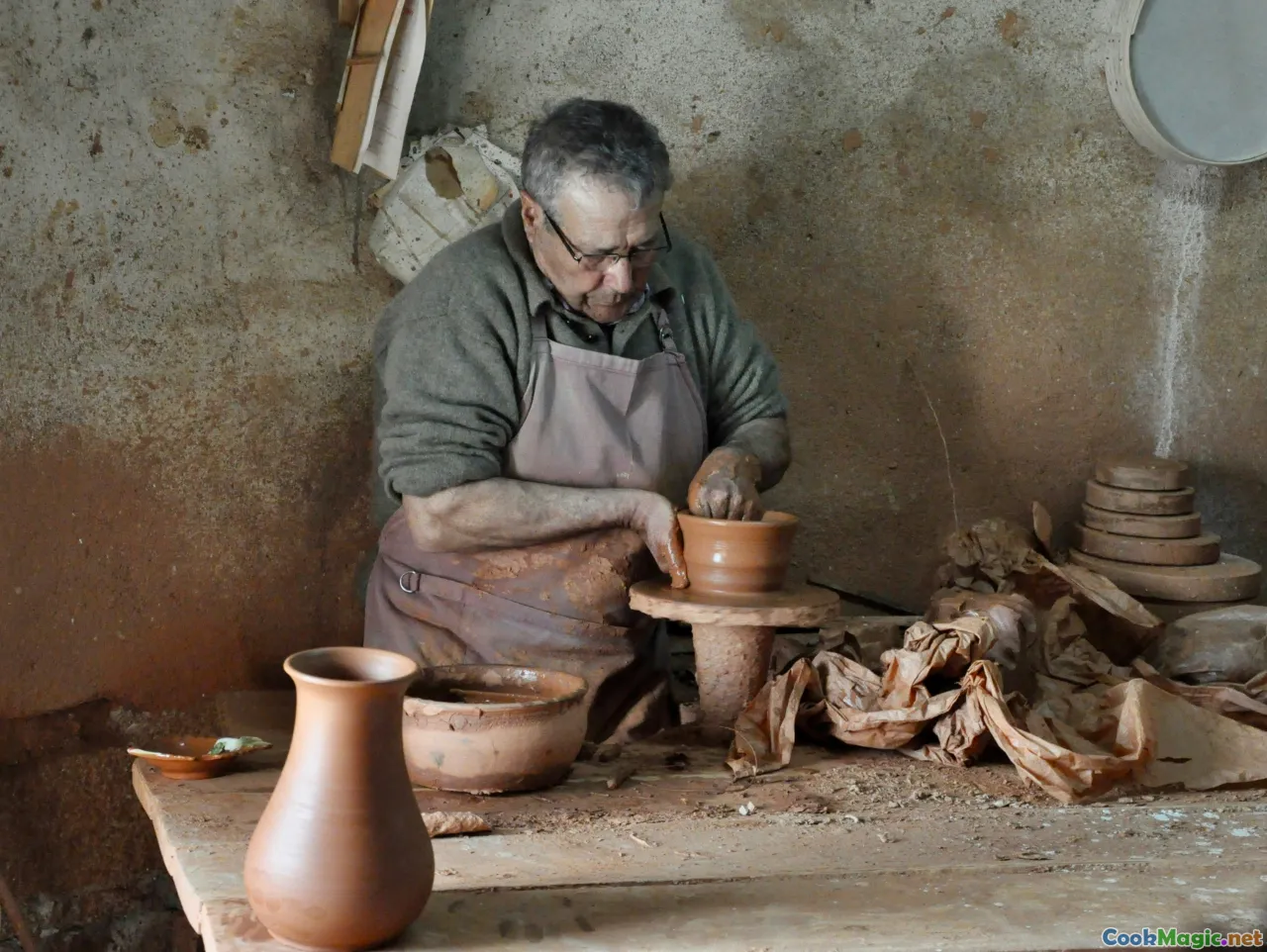
-
Northern Touch (Arica y Parinacota): Azapa olives lend a fruity, winey depth and velvety bite. Some cooks prefer golden raisins for a more delicate sweetness. Heat is introduced with minced ají verde rather than merkén.
-
Central Valley Classic (Curicó, Talca, Santiago): The template most people recognize—lots of onion in the pino, basil-forward pastelera, and the sugar crust you can crack with a spoon. Pailas de greda from Pomaire are common here; they give an almost smoky mineral echo.
-
Southern Accent (Temuco, Valdivia): Merkén appears more often, and some families slip in pork bits or even cured meats for a deeper savoriness—though purists wag fingers. The corn here may be cooler-harvested, so the pastelera can skew starchier; cooks compensate with a splash more milk or butter.
-
Restaurant Refinements (Santiago, Viña del Mar): You might find confit chicken in place of roasted thighs, pino made from knife-cut tenderloin (lomo) for luxury, or the sugar swapped for a thin brush of panela syrup that caramelizes into a more uniform lacquer.
My aunt in Curicó always hid exactly two raisins per serving, “para que los niños busquen.” Meanwhile, at La Concepción in Valparaíso, I tasted a version with a whisper of anise in the pastelera—just enough to make the basil brighter. These are not deviations so much as signature brushstrokes.
Technique Clinic: Troubleshooting and Fixes

-
Pastelera too loose: Keep simmering, stirring to avoid scorching. Add 1 tablespoon fine cornmeal and cook 3–4 minutes more. Avoid cornstarch—it turns the texture glossy and artificial.
-
Pastelera too thick: Whisk in warm milk by tablespoons until ribboning texture returns.
-
Pino watery: Cook off excess liquid; use a slotted spoon to transfer to the dish. In the next batch, sweat onions longer before adding beef.
-
Crust won’t caramelize: Your layer of sugar might be too thick or the surface too moist. Broil on the top rack with the door slightly open for airflow; rotate for even color.
-
Overly sweet result: Reduce sugar on the crust and bump paprika and cumin slightly. A sparse squeeze of lemon over the pino before topping can balance.
-
Underseasoned: Corn blunts salt. Taste the pastelera on a cooled spoon—heat dulls perception—and adjust. Don’t rely solely on the pino for salt.
-
Breaking or leaking layers: Cool pino before assembly; keep edges sealed with pastelera; let rest before serving so the starch network sets.
Outside Chile: Recreating Flavor Abroad

If you don’t have access to maíz choclero, you can still reach the Chilean soul of the dish with a few smart moves:
- Use a blend: 75% frozen corn kernels + 25% canned “creamed corn” for body. Process briefly; don’t liquefy.
- Add 1–2 tablespoons fine cornmeal to simulate the mild granularity of choclo and tighten texture. Avoid masa harina (nixtamalized)—its lime-treated flavor reads as Mexican tortilla, not Chilean corn.
- Basil is non-negotiable. If basil is scarce, a mix of basil and a few sprigs of parsley can mimic the green high note.
- Choose olives with character: Greek-style black olives can work if Azapa aren’t available; rinse if overly briny.
- Build pino with patience. That slow onion sweat is your anchor. A dash of smoked paprika can nod to merkén if you can’t source it.
- Bake in stoneware or cast iron to mimic the paila’s thermal behavior. Preheat the dish to create a quick set when the pastelera hits it.
Pairings and Service Rituals

Pastel de choclo is not eaten alone—at least not in spirit. It wants companions that cut and brighten:
- Ensalada chilena: Thick slices of ripe tomato with feathered onion, sea salt, a splash of red wine vinegar, and a cascade of olive oil. The acidity slashes through the pastel’s sweetness.
- Pebre: A salsa of minced tomato, cilantro, onion, ají verde, and vinegar. A spoonful on the side wakes every bite.
- Simple greens: Lettuce with a thin vinaigrette, maybe a streak of mustard. Keep it crisp.
- Wine: A Casablanca Sauvignon Blanc for its citrus and green snap; or a País/pipeño from Maule if you want to lean rustic and red-fruited. A light chill on the red turns it into a table conversation.
- Dessert: Mote con huesillos or fresh melon. You’ve already had the oven’s embrace; finish with something cold and sweet.
Serving rituals matter. You bring the paila to the table, still shimmering, and everyone leans in. The first crack of crust is theater. Let people hunt for their olives and raisins; allow the conversation to braid itself through the steam.
The Science in Your Spoon

-
Starch Gelatinization: Corn starches begin to gelatinize around 65–70°C (149–158°F). As you cook the pastelera, granules absorb water and swell, thickening the mixture. Stirring disrupts clumping and encourages even hydration. If you stop too soon, free water seeps during baking; too long, and you get paste. Aim for nappe.
-
Sugar on Top: That crust is not Maillard (which needs amino acids and occurs better in proteins); it’s mostly caramelization—thermal decomposition of sucrose into nutty, bitter, and complex flavor compounds. Granulated sugar melts, bubbles, and sets; a thin layer yields shattering glass, a thick one yields brittleness and potential bitterness.
-
Onion Sweetness: Slowly sweating onions converts some sucrose to simple sugars and allows sulfur compounds to mellow. That’s why the pino tastes woven rather than loud.
-
Earthenware Effect: Clay heats slowly and radiates evenly. Its porous microstructure absorbs minute amounts of moisture at the surface, and its thermal mass smooths out oven fluctuations. The result: gentler bubbling, less scorching, and a better-set pastelera.
-
Resting Time: Starch retrogradation on cooling—short chains re-associate, giving structure. Those 10–15 minutes after the oven are not indulgence; they are engineering.
What Professionals Do Differently

-
Batch Pino, Fresh Assembly: Restaurants make pino in large batches and cool it quickly, then reheat portions gently. The consistency becomes more controlled, and flavors round out after a day.
-
Knife-Cut Beef: A quick-service trick is to partially freeze beef and machine-chop to mimic hand-cut texture without losing speed.
-
Salamander Finish: Professional salamanders deliver fierce, focused heat from above, caramelizing the sugar in seconds without overcooking the interior. At home, a broiler plus patience is your version.
-
Portion Pailas: Individual clay dishes (cazuelas pequeñas) guarantee a perfect crust-to-filling ratio and turn every serving into a self-contained feast.
-
Flavor Layering: Some chefs bloom the paprika in oil separately to avoid any bitterness, then fold it into the pino at the end. Others glaze the chicken with a paprika-butter before adding it to the “treasure” layer.
A Story That Sticks: Grinding Corn in Curicó
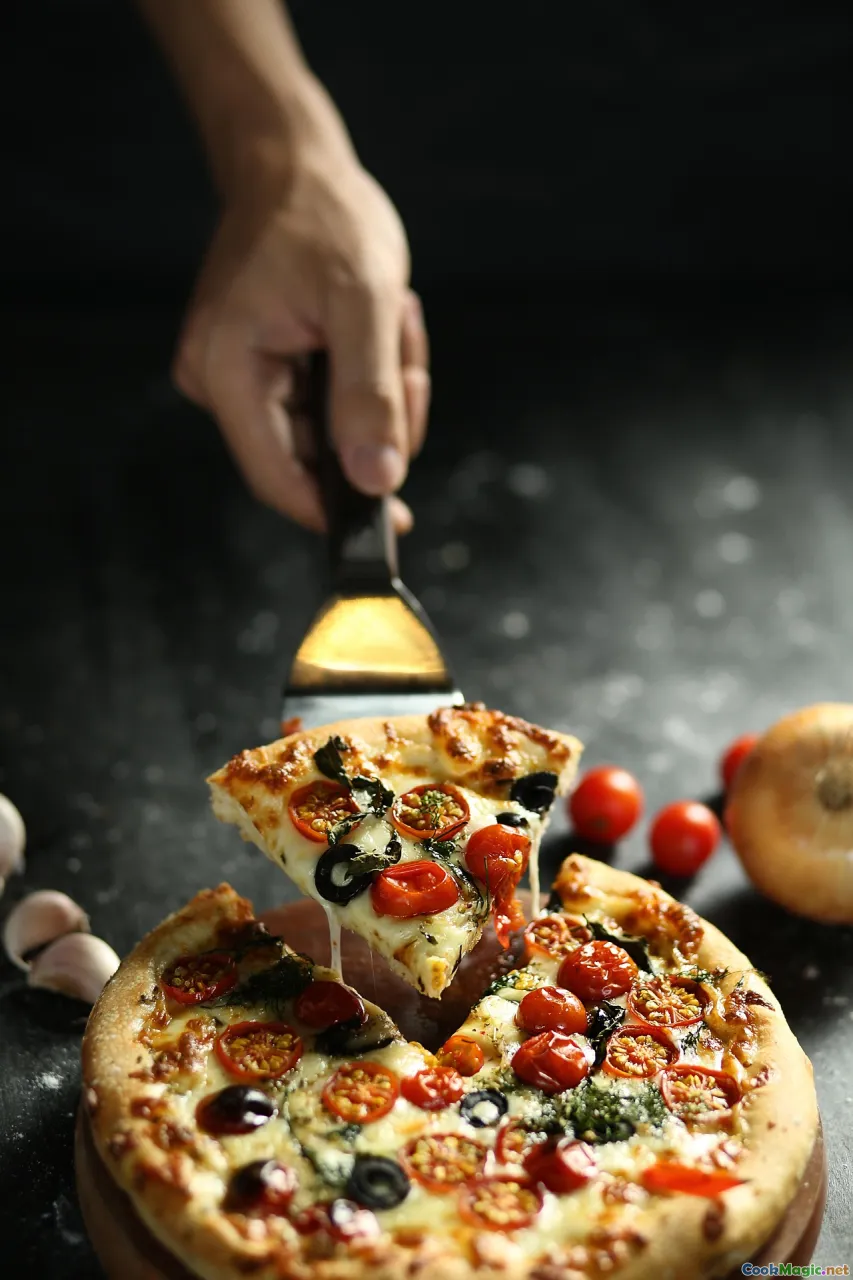
Every family has a keeper of the flame. In mine it was Mamá Nena, who measured time by seasons and dishes. The year the grinder broke, she improvised—she set us grandchildren to grate corn by hand in the patio, where the basil grew in a corner like a green cloud. The sun leaned heavy, and the grater’s rhythm left our hands peppered with sweet milk and a few proud scratches. We would pause to sniff the leaves, the scent spicy as if the garden had a heartbeat.
Inside, the onions whispered in the pan, not sizzling but sighing, more steam than smoke. She slipped a piece of chicken under the skin into a small skillet, where paprika blossomed into rust-red oil. The house filled with aromas that layered like music—corn’s verdant hum, onion’s mellow note, chicken’s warmth, and then sugar’s bright spark in the oven.
When the paila came out, the top had that leopard’s pattern of blond and darker amber. She tapped it with the back of a spoon and smiled at the clean, glassy crack. We each got a corner with extra crust. Under the top, a black olive waited, like an inside joke. The first bite was the taste of January made solid: sweet and saline, creamy and fibrous, soft and crunchy, summer and Sunday and home.
Pastel de choclo isn’t a recipe, not exactly. It’s a method that catches a season and holds it. When I make it now—sometimes with frozen corn in a city far from the Central Valley—I close my eyes at the moment the spoon leaves a trail through the pastelera and listen for that gentle whisper. Then I sprinkle the sugar, open the oven, and let the heat finish the story.









